Each month, Bob profiles an exceptional mobile photographer currently producing notable work across a variety of subjects and employing a broad range of techniques. Some will be well known within the mobile photography world (exhibiting and selling their work), and others are gifted aficionados of the craft.
This month, Bob interviews Ade Santora – an Indonesian iPhone artist who creates double exposure portraits with only himself or his wife as subjects. Double exposure portraits have become all the rage now, but Santora was creating them on his iPhone over a decade ago. At that time, there were no apps dedicated to creating such work on the iPhone, so Santora had to develop his own processes. He largely eschewed complex scenes or image backgrounds to concentrate on the human profile. Now, taken together, Santora’s portfolio of portraits represent an impressive, and cohesive, body of work that stands as a commentary on the human condition, and on individual emotions and sensations that we experience in this complicated (and often messy) world – taken down to the level of the artist himself.
BW: Please share your background with us.
AS: I’m a visual artist, and I live in Tangerang, Indonesia. My “day job” is my work as a graphic and motion designer. Photographer is my secondary job. I like creating digital art and taking pictures. I believe in what I do with these two things, and they can complement each other well. I first began using a camera in senior high school and at that point, I began learning how to compose and shoot pictures. Finally, much later (in 2009), I acquired my first digital camera. Now, my iPhone is always with me wherever I go. I shoot everything, but what I love the most is human portraiture.
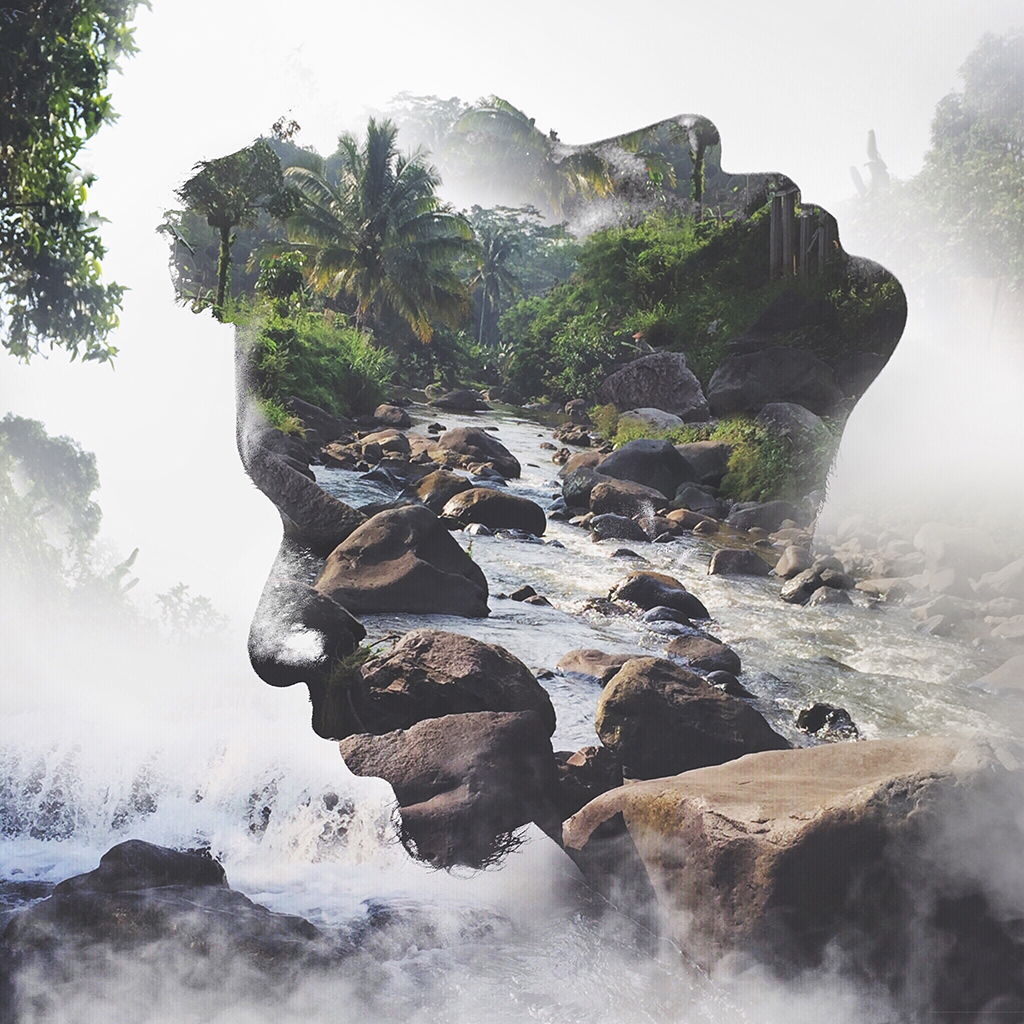
Early in 2012, I started thinking that I wanted to create something original combining my capabilities in photography and design. I started researching the work of other artists. After looking at some references, I identified the kind of artistic style that I wanted to pursue. And so began my mobile arts journey, which continues up until the present.
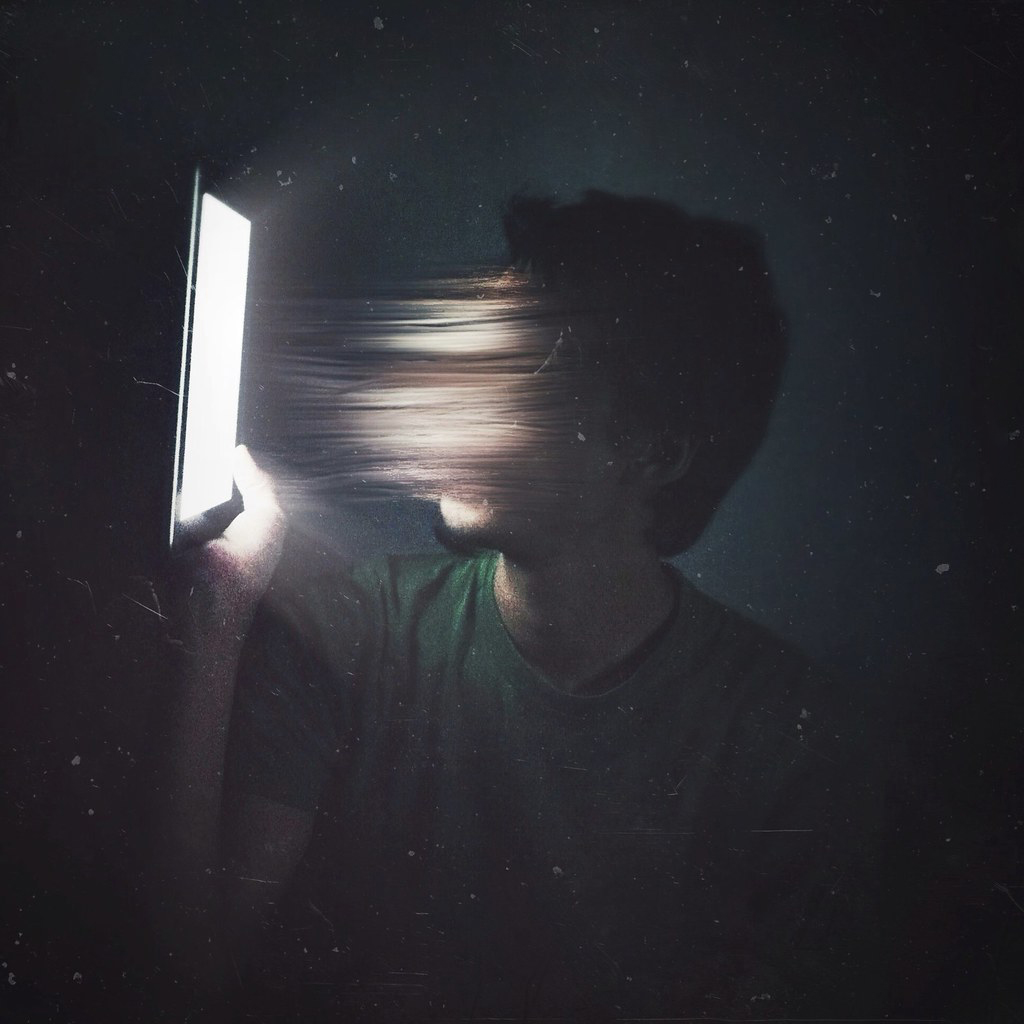
BW: What inspires you?
AS: Everything, whether it’s nature, music, animals, people around me, movies, fellow artists, etc. – whatever I see provides my inspiration.
Seeing my daughter playing with Slime or Playdoh – even that can be an inspiration for me. So ideas can come anytime, anywhere – unexpectedly.
BW: How do you express your creativity?
AS: Either taking pictures and processing them into art, just drawing or design on my laptop, or just playing music. Most of the time I spend pursuing the first form of expression – making art with my iPhone.
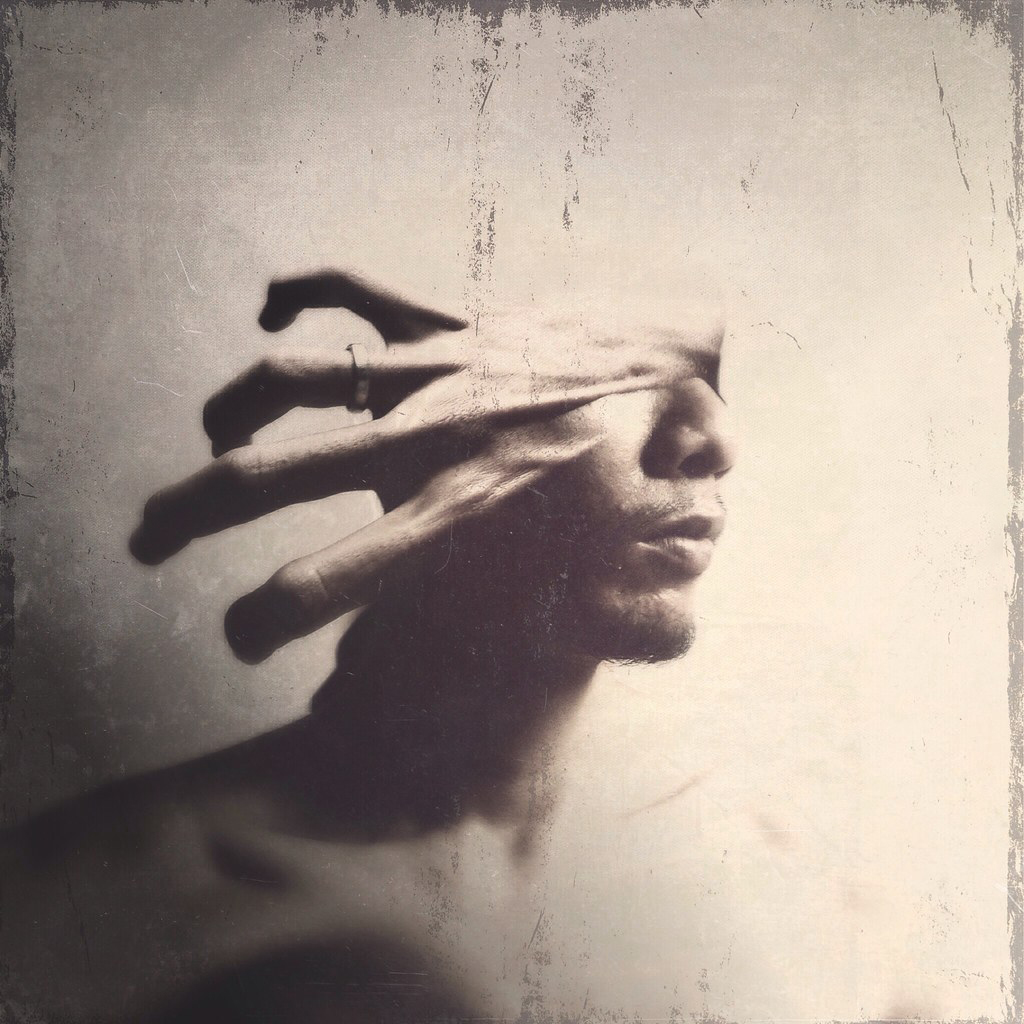
BW: Are there any specific design periods or artists who have an influence on your work?
AS: I like retro art, or something classic that has a strong and unique level of detail, since it seems to me that only talented people could possibly make such work. I admire the work of a variety of artists, and that will indirectly affect my work. My admiration of these artists and their work is what motivates me to continue to create art to this day.
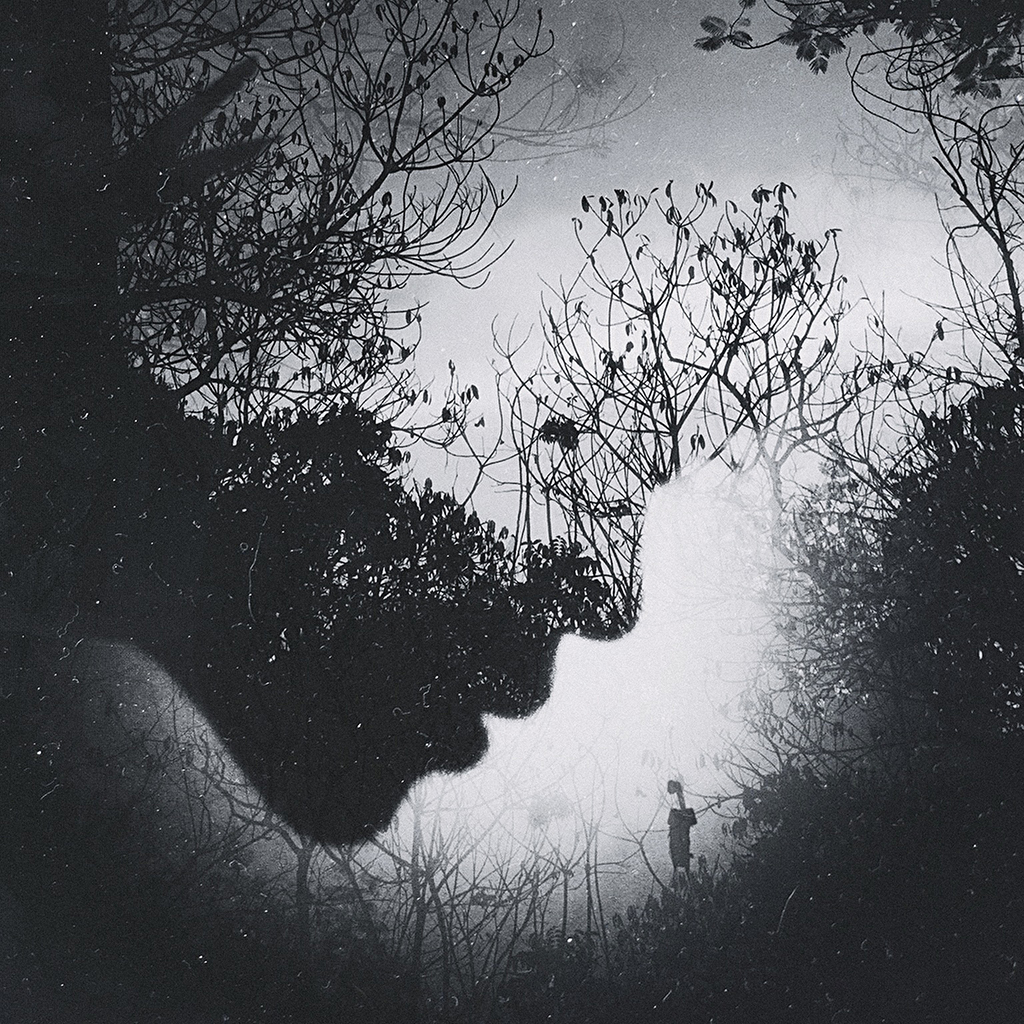
BW: What are you trying to communicate with your work?
AS: Sometimes it can be related to nature, or problems with the environment around us, sometimes it’s just an idea or fantasy that is in my head, or it can also be related to issues within peoples themselves, such as mental, social, and other challenges.
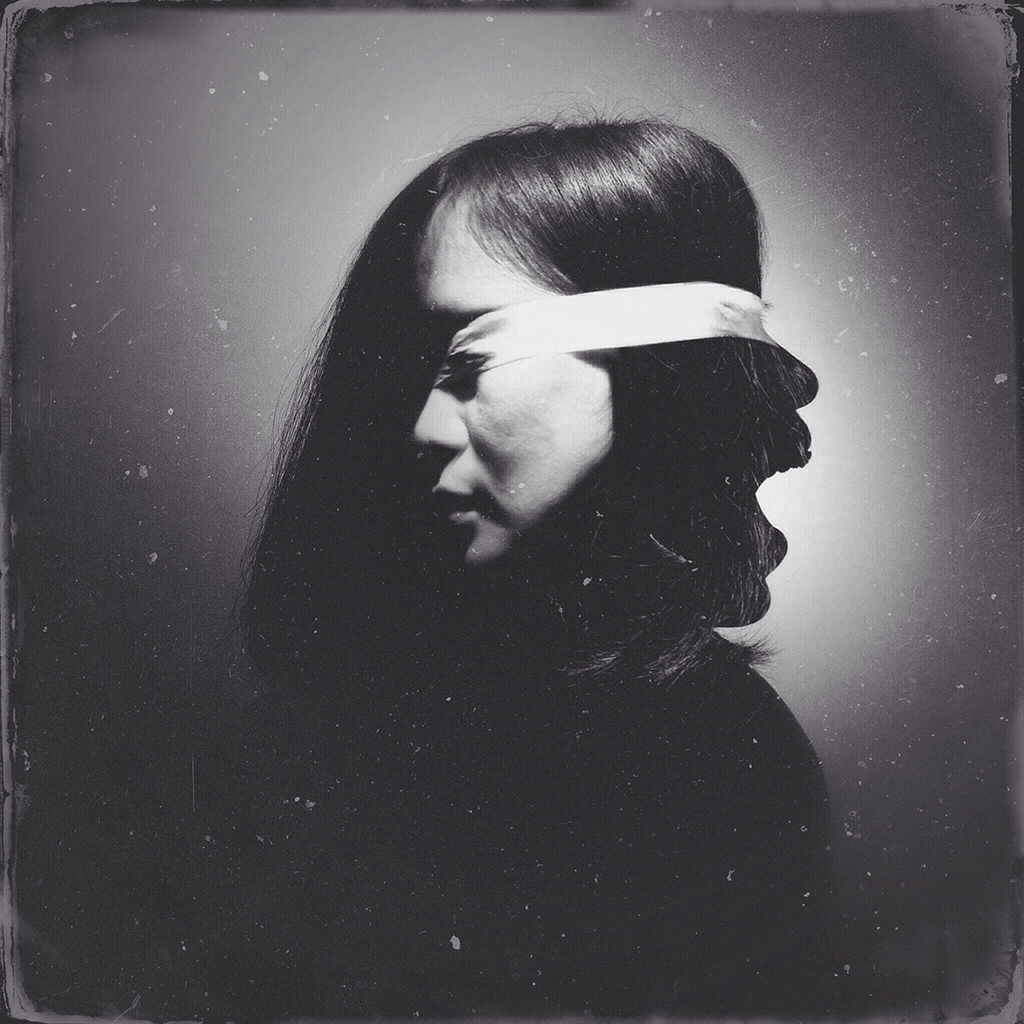
BW: Why self-portraits and pictures of your wife specifically, over other subjects?
AS: Yes, the primary subjects in my art are myself or my wife. First, it’s probably because I’m more comfortable closer to home, because the theme of my work is surreal (I often alter the subject in strange ways). Second, I often get ideas or concepts that come out of nowhere, and because my wife and I are always present, it doesn’t make sense to look for other models.
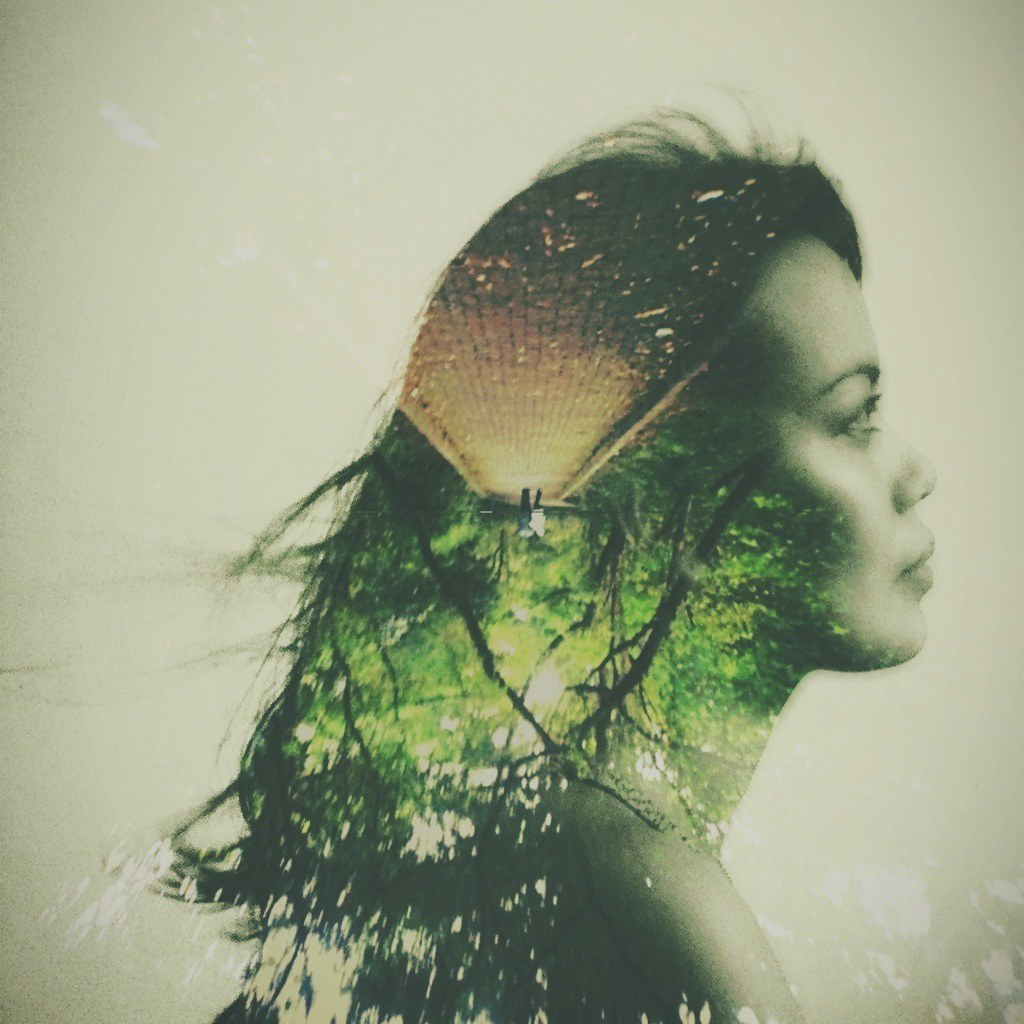
BW: Tell us about your creative process.
AS: I’m creating portraiture with a surreal theme using double exposure techniques, but I often make a few additional modifications, so that I two or more layers merge well, and look natural as one subject.
Each piece requires adherence to a process that must be well-planned – namely, the shooting environment, which includes lighting, a screen for the background, and perhaps the use of a tripod. All of this must be thought through before I start shooting, including how the general idea can be most effectively presented, either in pre- or post-production. With the style that I usually employ, of course it has to be with a plain background, whether it’s white or black, depending on the concept as has been determined at the beginning. For mobile art, I’m still using an iPhone 6. It’s old, but still good enough for me. The gear you have shouldn’t really make a difference – use what you’ve got, and keep creating. Just do the work and maximize the potential of the tools available to you.
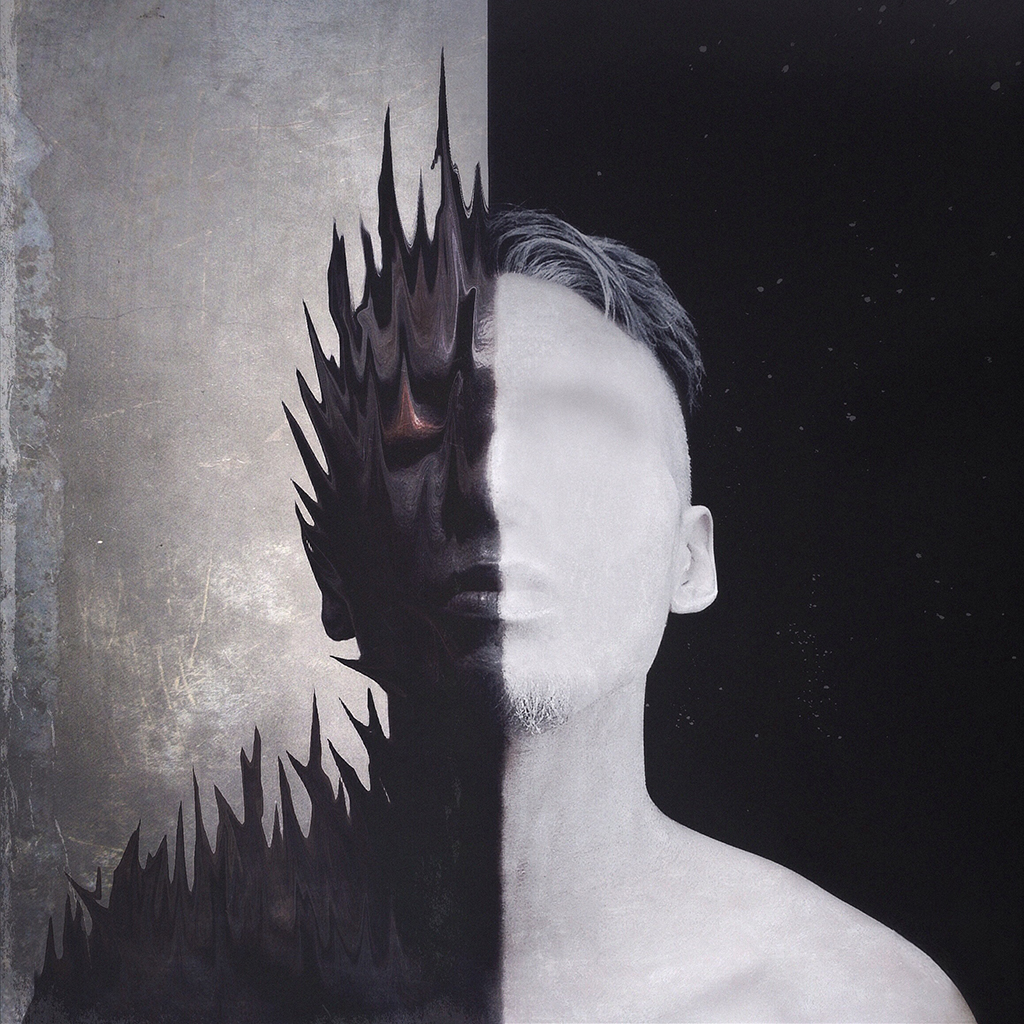
BW: How do you decide if a particular creative effect works, or it doesn’t?
AS: Hmm – that’s a difficult question to answer. Not every effect that I choose yields the right result. Sometimes I have to start the process all over again, because the final product didn’t match my vision – that actually happens often. A concept can be pursued many times, for days, and sometimes it also fails. Alternatively, I can get a lot of decent results, and I have to choose only one. If nothing suits me, it’s time for me to drink some coffee, and start all over again!
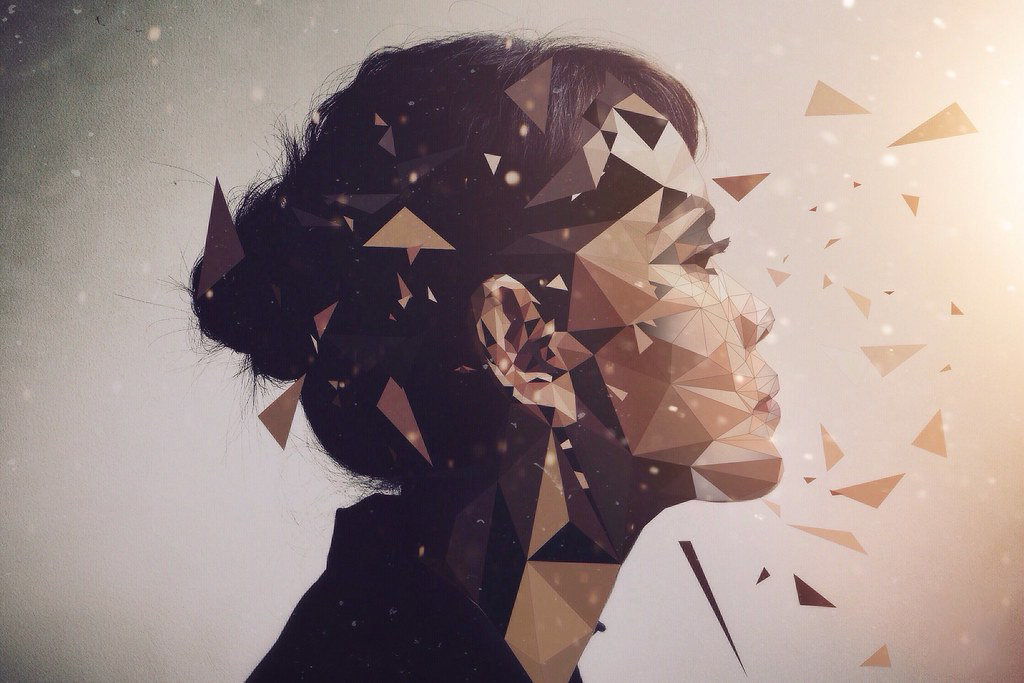
BW: What iPhone or iPad apps and/or desktop apps do you use in your work?
AS: All my artwork is created using only mobile devices, without using editing software on the desktop, such as Photoshop. I do all shooting and editing on my iPhone. My favorite camera apps are ProCamera and Hueless. My preferred editing apps are Superimpose, Snapseed, Mextures, iColorama, Stackables [no longer available for purchase], Elasticam, TouchRetouch, AfterFocus, PhotoPower, and more. (You can view online lessons from Ade on YouTube: https://www.youtube.com/user/spikabiz/featured)
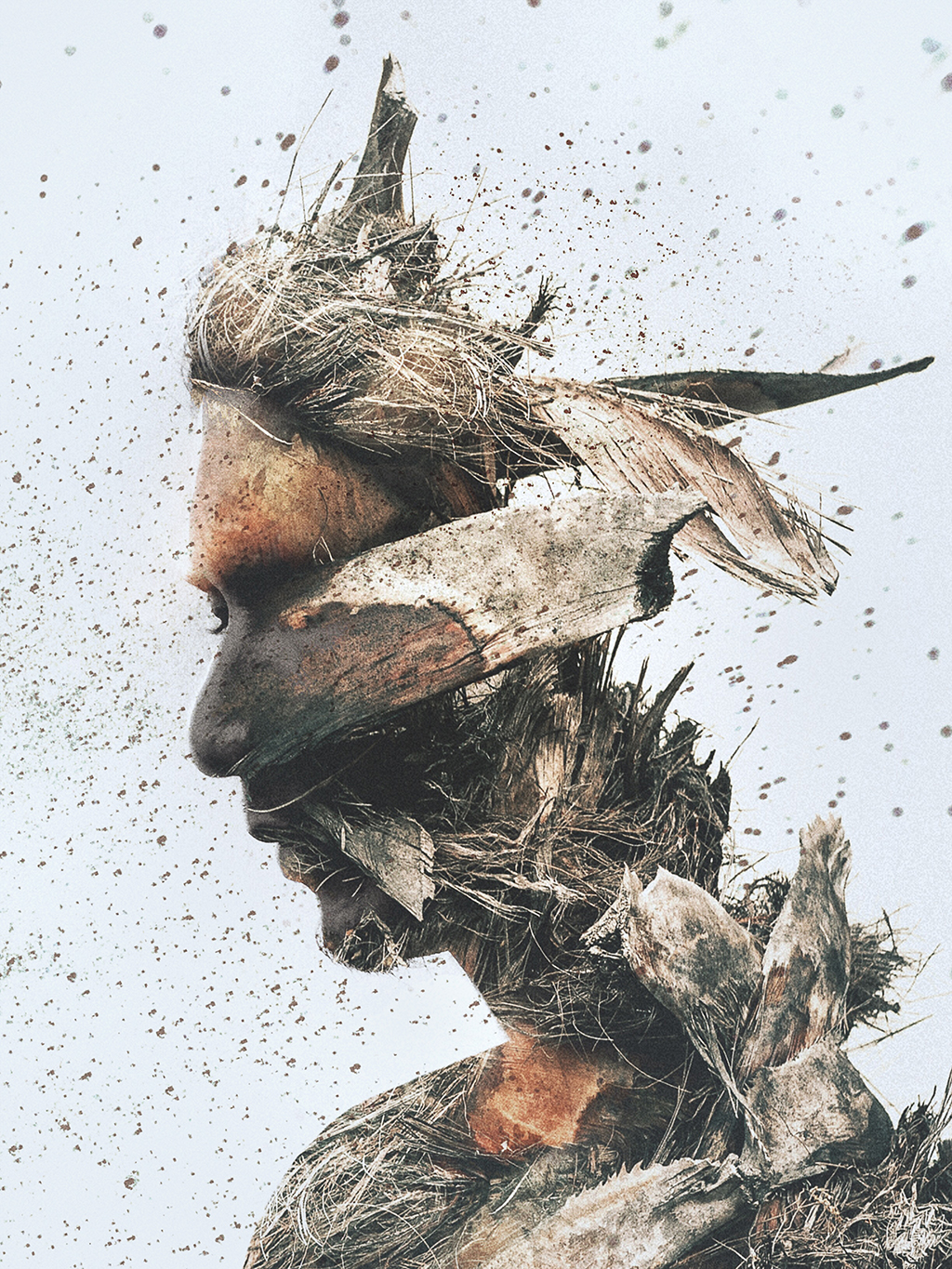
BW: What kinds of creative patterns, routines or rituals do you have?
AS: I don’t follow any particular routine to be creative. One thing I usually do – when I get an idea, I generally write it down right away using Notes on my iPhone. If I don’t do that, I’ll often forget the next day, and by the day after that the idea will be gone.
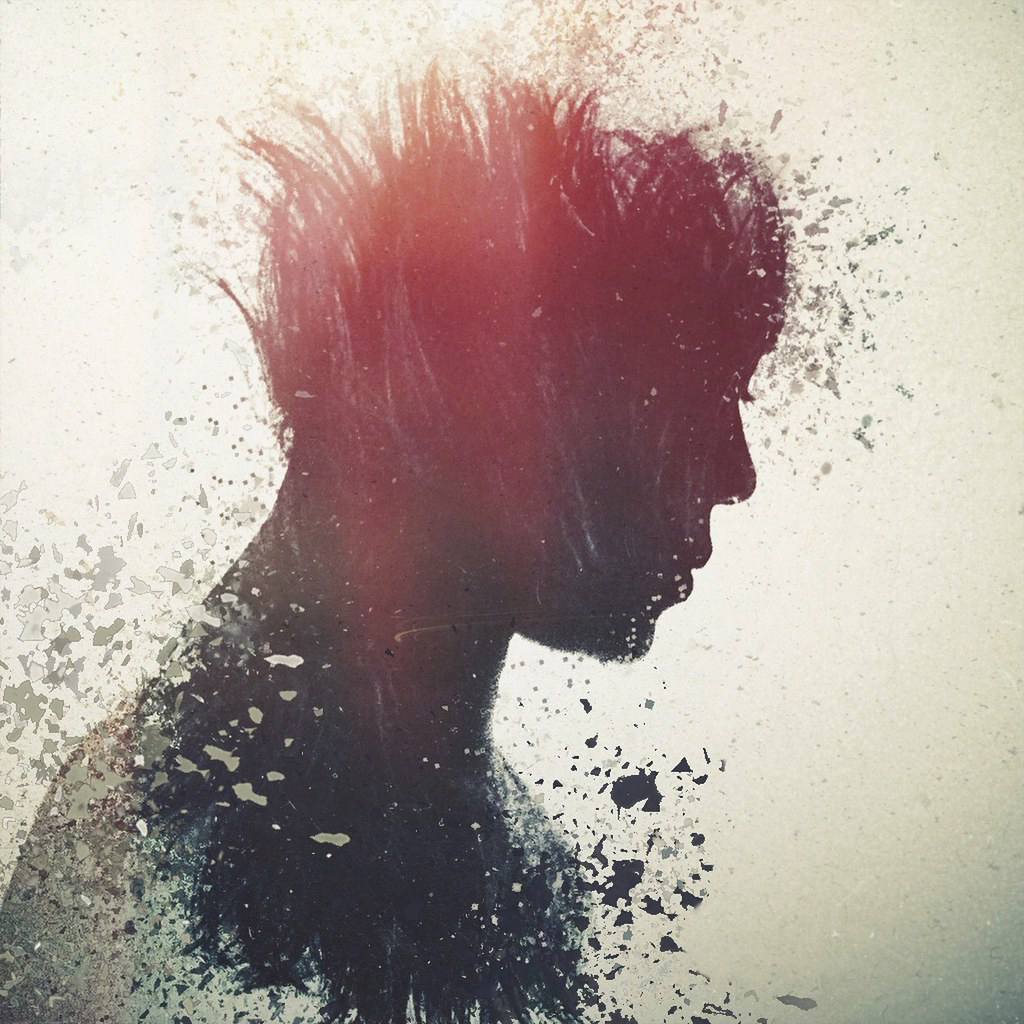
BW: Tell us about your journey to NFTs (Non Fungible Tokens) in marketing your digital work?
AS: I don’t remember exactly when – maybe in early 2021 – I started to hear some people talking or hearing news about NFT, but I only heard a little bit of information. By the end of 2021, I began to hear news about NFT entering the world of art and photography, and from there I decided to learn about how NFT works. On Twitter, I learned a lot – which is actually where the NFT community met (artists or collectors). In February 2022, I started to create accounts in several NFT marketplaces, such as OpenSea & Foundation. There are also other marketplaces like Rarible, OBJKT, SuperRare, and many more. This is just the beginning for me, I still have a lot to learn more deeply in the NFT world, and of course it has to be done with patience and consistency. The lesson I’ve learned so far in the NFT world is that you have to have community, connection and patience.
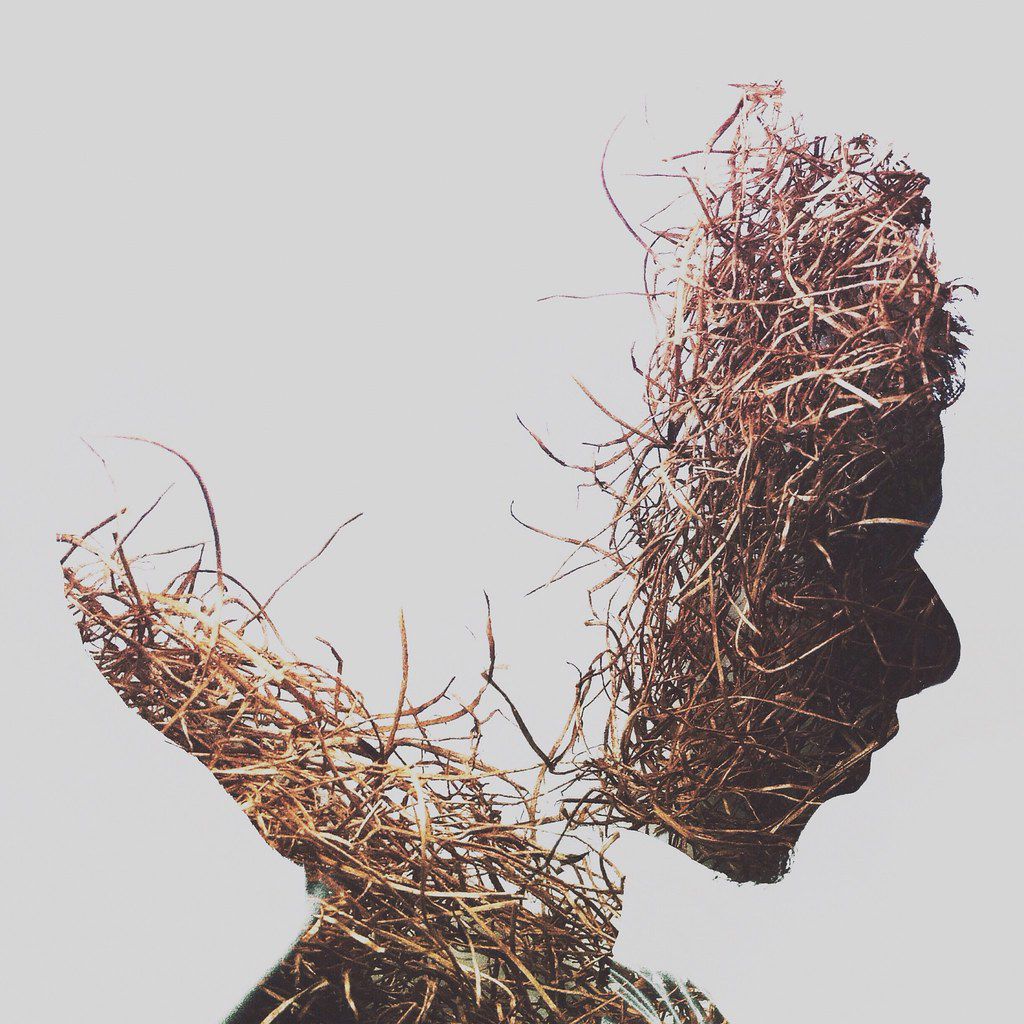
BW: What advice would you have for someone aspiring to do conceptual or self-portrait photography?
AS: Just one general recommendation at the very beginning – look at lots of references from other artists, choose what you like, analyze the work, learn the process, and attempt to create work like the one you favor until you master that approach. Then start experimenting to develop new techniques and to evolve your own style. Remember, using references does not represent plagiarism, it’s a stepping stone to finding and creating your own style of work. Another important thing is to develop a consistent mode of expression and look-and-feel in your work.
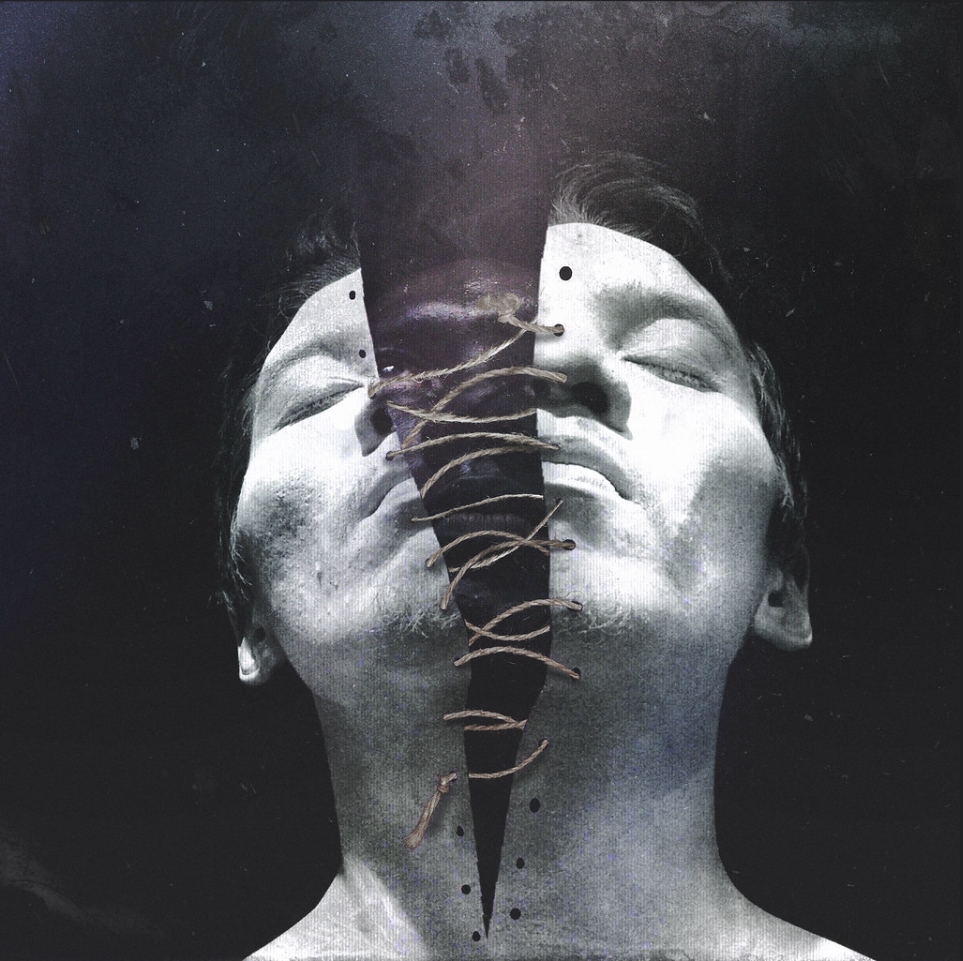
ADE SANTORA
INSTAGRAM
LINKTREE
YOUTUBE
OPENSEA (NFT)
ABOUT THE INTERVIEWER
Bob Weil is a former marketing exec and practicing mixed media digital pictorialist living in Omaha, Nebraska. He has won numerous awards for his work and has exhibited in New York, Los Angeles, Canada, Italy and Portugal. He is a published author and teacher on digital art subjects with 2,400 students in 52 countries. Bob co-authored The Art of iPhone Photography with Nicki Fitz-Gerald for Rocky Nook Photography Books.




